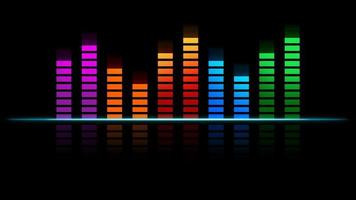Primers stand as pivotal components in numerous molecular biology techniques, facilitating DNA replication, amplification, and sequencing. Their precise design and ability to anneal to specific target sequences make them indispensable tools in various research, diagnostic, and therapeutic applications.
Design and Function of Primers
Primers are short, single-stranded DNA sequences typically composed of 18-25 nucleotides. Their design involves careful consideration of factors such as sequence specificity, melting temperature, and secondary structure to ensure efficient annealing to the target DNA template. During processes like PCR, primers bind to complementary sequences flanking the region of interest, providing a starting point for DNA polymerase to initiate replication or amplification. Similarly, in DNA sequencing, sequencing primers hybridize to the template DNA, guiding the synthesis of complementary DNA strands and facilitating the generation of sequence data.
Applications of primers
Polymerase Chain Reaction (PCR): PCR relies heavily on primers to initiate DNA amplification. Forward and reverse primers are employed to define the region of interest to be amplified, enabling the selective amplification of specific DNA fragments for applications such as gene expression analysis, mutation detection, and infectious disease diagnosis.
DNA Sequencing: Primers are essential for DNA sequencing, serving as the starting point for DNA synthesis. Sequencing primers anneal to complementary sequences adjacent to the region of interest, allowing DNA polymerase to synthesize complementary DNA strands and generate sequence data.
Site-Directed Mutagenesis: Primers play a crucial role in site-directed mutagenesis, facilitating the introduction of specific nucleotide changes into DNA sequences. Mutagenic primers containing desired mutations anneal to the target DNA template, enabling DNA polymerase to incorporate the mutated nucleotides and generate modified DNA sequences for functional studies or therapeutic applications.
Advantages and Considerations
Primers offer several advantages, including specificity, versatility, and ease of design. However, careful attention must be paid to primer design parameters to ensure optimal performance, including primer length, sequence specificity, and annealing temperature.
In conclusion, primers are indispensable tools in molecular biology, enabling critical processes such as DNA replication, amplification, and sequencing. Their precise design and functionality make them essential for a wide range of applications, driving advancements in research, diagnostics, and therapeutics. As molecular techniques continue to advance, primers will continue to play a central role in shaping the future of molecular biology and biotechnology.

